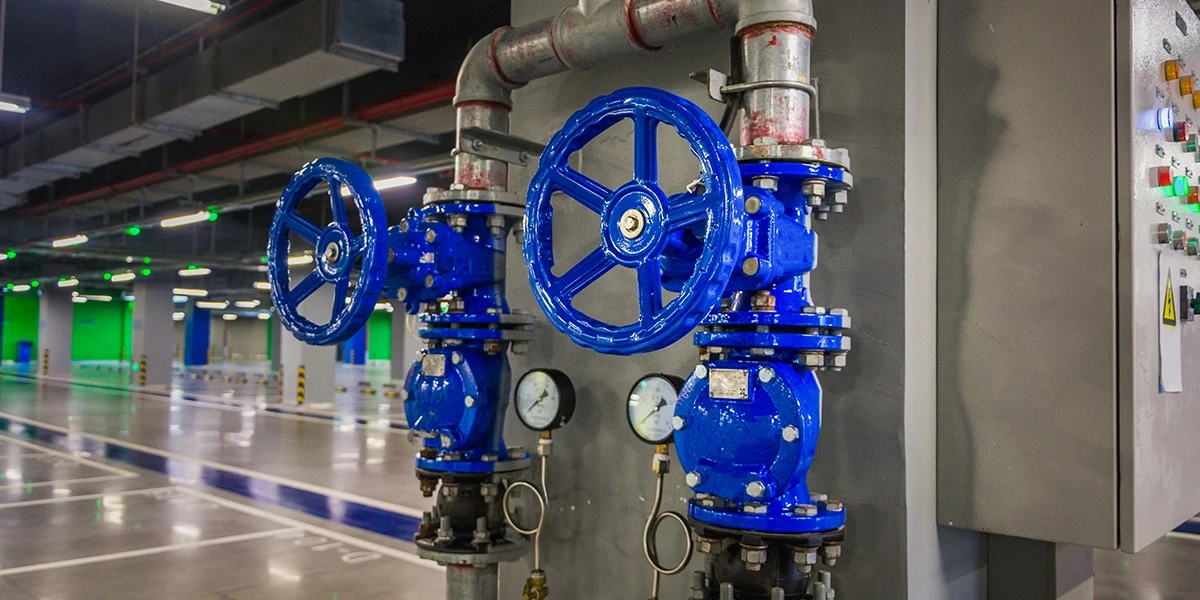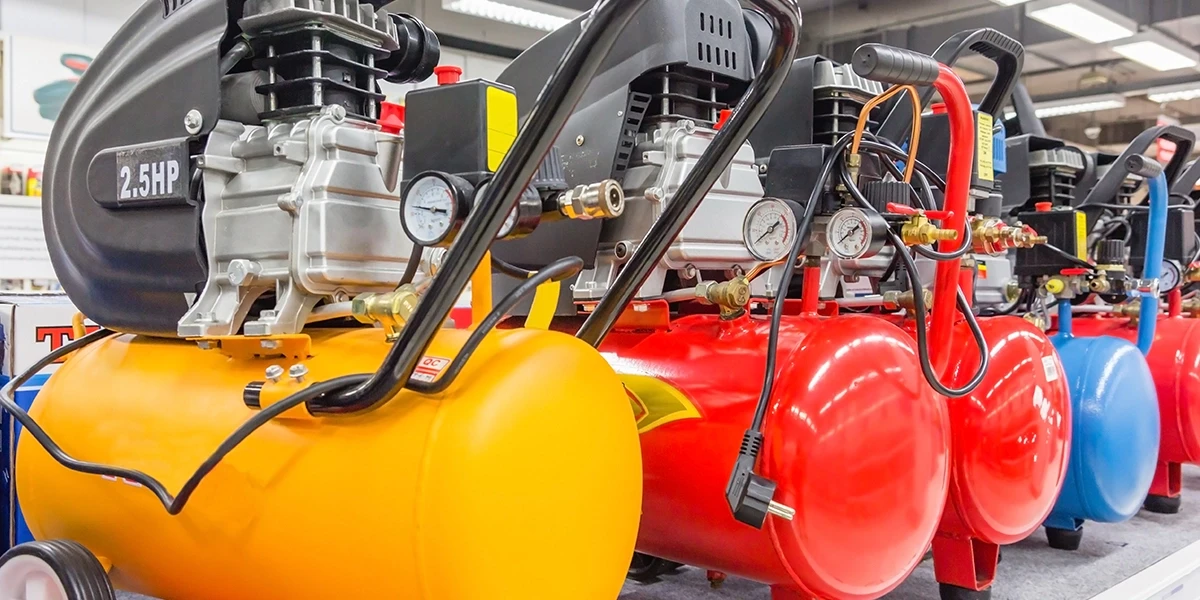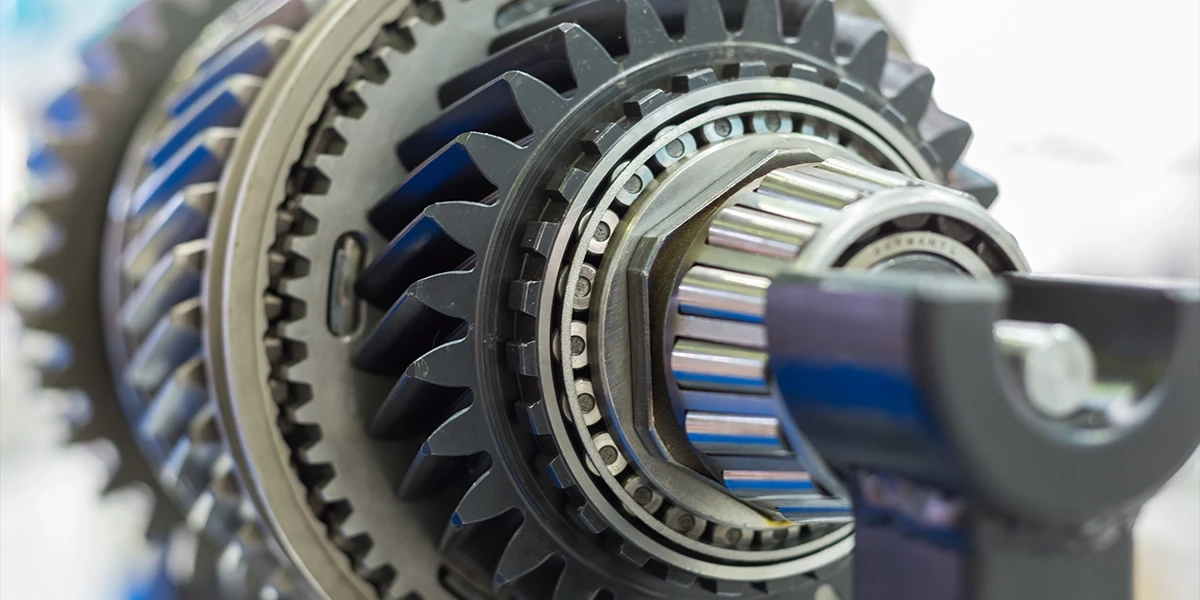In the rapid-paced world of industry today, efficiency stands as the cornerstone of success. A major factor in achieving this efficiency is in warehouses and manufacturing plants. This is the use of advanced material-handling equipment. Crafted to simplify operations, cut manual labor, and enhance productivity, these innovative machines and systems are game changers. Let's delve into how these cutting-edge tools are transforming material handling. Identify the specific types of equipment that are leading this revolution.
Material handling equipment refers to a range of tools, vehicles, storage units, and systems. They transport, store, control, and protect materials. Throughout manufacturing, warehousing, distribution, consumption, and disposal. This equipment falls into four main categories:
Storage and handling equipment includes items such as storage racks, pallet racks, and shelving systems. These are essential for organizing products and materials in warehouses, ensuring they are easily accessible and efficiently stored. By utilizing vertical space effectively, businesses can maximize their storage capacity and improve inventory management.
Pallet racks and storage racks are essential in warehouses. They help in organizing palletized loads and other bulk materials, ensuring easy access and retrieval. Modern racks withstand heavy loads and can be customized to fit various warehouse layouts. This optimizes the use of space and increases efficiency.
Engineered systems encompass a variety of automated units and systems designed to streamline operations. These include conveyor systems, automated storage and retrieval systems (AS/RS), and automated guided vehicles (AGVs).
Conveyor systems are crucial in many industries for the efficient movement of materials from one point to another. These systems handle a wide range of products and can be configured to suit specific needs. Such needs include sorting, loading and unloading, and transportation. By automating these processes, conveyor systems significantly reduce manual labor and speed up operations.
AS/RS are sophisticated systems used for automatically placing and retrieving loads from storage locations. These systems enhance efficiency by reducing the time taken to locate and move items. They are particularly useful in high-volume operations where speed and accuracy are critical.
Automated guided vehicles are mobile robots used to transport materials around a facility. They follow predefined paths and can navigate complex environments, reducing the need for manual labor. AGVs flexibly integrate with other automated systems to enhance efficiency further.
Industrial trucks include a wide range of vehicles, such as forklifts, pallet trucks, pallet jacks, and hand trucks. These vehicles are essential for moving materials within a facility.
Forklifts and pallet trucks are among the most common types of material handling equipment. They lift and transport heavy loads over short distances. Forklifts are versatile and can handle a variety of materials, while pallet trucks are ideal for moving palletized loads. Both types of equipment increase efficiency by reducing the time and effort required to move materials.
Hand trucks and order pickers are essential for smaller, lighter loads. Hand trucks, also known as dollies, transport boxes and other items over short distances. Order pickers pick individual items from storage racks. They are common in warehouses handling a large variety of products.
Bulk material handling equipment manages and transports large quantities of bulk materials comprising ores, coal, and grains. This category includes bucket elevators, conveyor belts, and hoppers.
Bucket elevators vertically lift bulk materials from one level to another. They are efficient and can handle a wide range of materials. This makes them ideal for industries such as agriculture and mining. By automating the vertical transportation of materials, bucket elevators save time and reduce labor costs.
Modern material handling equipment offers numerous benefits that collectively boost efficiency in the industrial landscape. Some of the key benefits include:
Automated systems like AS/RS and AGVs significantly increase the speed of operations by reducing manual handling time. Conveyor systems ensure a continuous flow of materials, minimizing delays and bottlenecks.
Modern material handling equipment emphasizes safety. Automated systems reduce the risk of accidents associated with manual handling. For example, AGVs and forklifts are equipped with sensors and navigation systems to avoid collisions. This ensures a safer working environment.
Automated retrieval systems and well-organized storage racks improve accuracy in picking and storing materials. This reduces errors in inventory management and ensures that the right products are always available when needed.
By reducing the need for manual labor and increasing efficiency, businesses can achieve significant cost savings. Automated systems also reduce the wear and tear on equipment, leading to lower maintenance costs.
Modern material handling equipment flexibly scales. This allows it to meet the growing needs of a business. For instance, you can add additional conveyor lines or AGVs to accommodate increased production volumes.
The adoption of advanced material handling equipment is transforming the way businesses operate. From automated systems like AS/RS and AGVs to essential tools like pallet racks and forklifts. These technologies are boosting efficiency, improving safety, and reducing costs. As industries continue to evolve, the role of material-handling equipment will become even more critical. Will drive productivity and maintain a competitive edge. Investing in these modern tools is not just a choice. A necessity for businesses aiming to thrive. They need to thrive in today's dynamic industrial landscape.
Choosing the right partner for your material handling needs can make all the difference in maximizing your efficiency. eINDUSTRIFY offers a comprehensive range of modern material handling equipment. This includes advanced engineered systems and automated guided vehicles. Also, it includes reliable industrial trucks and robust storage solutions. By partnering with eINDUSTRIFY, you'll gain access to cutting-edge technology. Additionally, you'll gain tailored solutions designed to optimize your material handling processes.
Q1: What are the different material handling equipment?
Material handling equipment encompasses a wide range of tools and machinery designed to efficiently move, store, and transport goods within a facility or between locations. Examples include forklifts, conveyors, pallet jacks, and cranes.
Q2: What are the four main groups for materials handling equipment?
Material handling equipment is typically categorized into four main groups: storage and handling equipment, engineered systems, industrial trucks, and bulk material handling equipment.
Q3: Why use material handling equipment?
Material handling equipment streamlines operations, increases efficiency, reduces labor costs, minimizes product damage, and enhances workplace safety by automating and optimizing the movement and storage of goods.
Q4: What is mechanical handling equipment?
Mechanical handling equipment refers to machinery powered by motors, engines, or other mechanical means, used for the movement and manipulation of materials. Examples include conveyor belts, cranes, and robotic arms.
Q5: What is manual material handling equipment?
Manual material handling equipment relies on human power for operation and includes tools like hand trucks, dollies, carts, and pallet jacks. These tools are used for lifting, carrying, and transporting materials over short distances.
Tags: Engineered Systems Types of Material Handling Equipment Equipment Include Equipment is Used to Move Bulk Material Handling Equipment
RECENT POSTS:

How to Select the Right Control Valves for Your System

Air Compressors for Sale: Compare Models, Brands, Features

Essential Power Transmission Accessories for Industries

Best Industrial Sensors for Automation

Uses of Industrial Control Equipment

Top Bearings and Power Transmission Solutions

Buy Battery Energy Storage Systems Now

Benefits of Pneumatic Systems Today